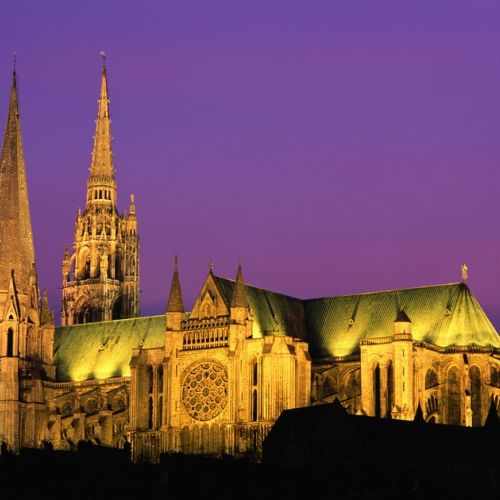Christ The Redeemer: The Symbol Of Rio De Janeiro
The statue of Christ the Redeemer, perched 710 metres above sea level on Mount Corcovado, dominates the city of Rio de Janeiro in Brazil. This iconic landmark is the only one of the New Seven Wonders of the World to have been built in the 20th century.
A monumental Christ
With its head in the clouds, the Statue of Christ the Redeemer extends its arms in a cross in a gesture of welcome or blessing to all visitors passing through Rio de Janeiro.
This monumental statue stands on Mount Corcovado ('The Hunchback'), one of the hills enclosing the Marvelous City. Perched at 710 metres above sea level, it has become one of the most famous symbols of Rio and Brazil, along with Sugarloaf, Copacabana Beach and Rio Carnival.
Its dimensions make this statue one of the largest of its kind: it is 38 meters high with a span of 28 meters and weighs 1,145 tons. Each of its hands measures 3.20 m! Its structure is made of metal and concrete and its coating of soapstone.
A Pharaonic Project
The statue of Christ the Redeemer was erected to celebrate the bicentenary of Brazil's independence, following a competition launched in 1921 by the Church.
In 1923, the project of the Brazilian engineer Heitor da Silva Costa was finally selected. The latter entrusted the realization of the project to the French sculptor Paul Landowski. It was the French artist who designed and then fashioned the hands and face of Christ in his Boulogne-Billancourt studio, before shipping them, in pieces, to Rio.
The construction of this monumental Christ required five years of work: it began in 1926 and was completed in 1931. The statue was inaugurated on October 12, 1931 in the presence of President Getulio Vargas.
A must-see tourist attraction
How can you imagine Rio without the Christ of Corcovado? This place accessible by train is the most visited tourist site in the city.
The statue of Christ the Redeemer, classified as a historical monument since 1973, was even chosen in 2007 as one of the new seven wonders of the world.
Although baptisms and weddings are celebrated in the chapel beneath the statue, the place is now more of a tourist than a religious symbol. On a clear day, the view over the bay of Rio de Janeiro is breathtaking: a sight not to be missed by tourists from all over the world!







